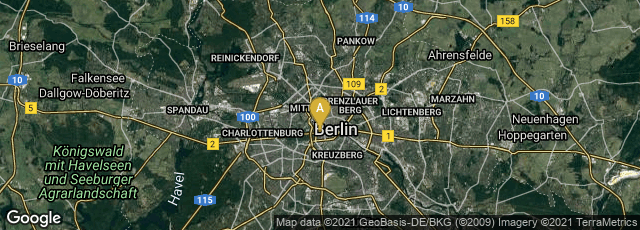

A: Mitte, Berlin, Berlin, Germany
After Röntgen’s discovery of x-rays in 1895, scientists speculated that the rays were actually composed of very short electromagnetic waves, but this supposition resisted proof, as it was impossible to construct a diffraction grating with intervals small enough to measure the wavelength. In 1912, German physicist Max von Laue, working in Berlin, came up with the idea of sending x-rays through crystals, arguing that the supposed regular structure of their atoms would approximate the intervals of a diffraction grating. Laue’s associate Walter Friedrich, together with student Paul Knipping, began experimenting on April 12, 1912, and found that the irradiation of a copper sulfate crystal with x-rays produced a regular pattern of dark points on a photographic plate placed behind the crystal. Laue’s discovery of the diffraction of x-rays in crystals, which Einstein called one of the most beautiful in physics, earned Laue the 1914 Nobel Prize in physics.
Laue’s discovery was of dual importance: it allowed the subsequent investigation of x-radiation by means of wavelength determination, and it provided the means for the Braggs’ structural analysis of crystals, for which they received the Nobel Prize in 1915. X-ray analysis of crystals, as initially developed by Sir Lawrence Bragg, became the most widely used technique for the investigation of molecular structure, leading to incalculable advances in both inorganic and organic chemistry, as well as molecular biology. After Max Perutz and his student John Kendrew first successfully applied Braggs’ x-ray crystallographic techniques to the study of the structure of proteins, these techniques were employed by hundreds of thousands of researchers around the world.
Laue, Max (1879-1960), Friedrich, Walter (1883-1968) & Knipping, Paul (1883-1935). "Interferenz-Erscheinungen bei Röntgenstrahlen. . . . Eine quantitative Prüfung der Theorie für die Interferenz-Erscheinungen bei Röntgenstrahlen," Sitzungsb. k. Bayer. Akad. Wiss., math.-phys. Klasse (1912) 303-322, 363-373, 5 photographic plates.